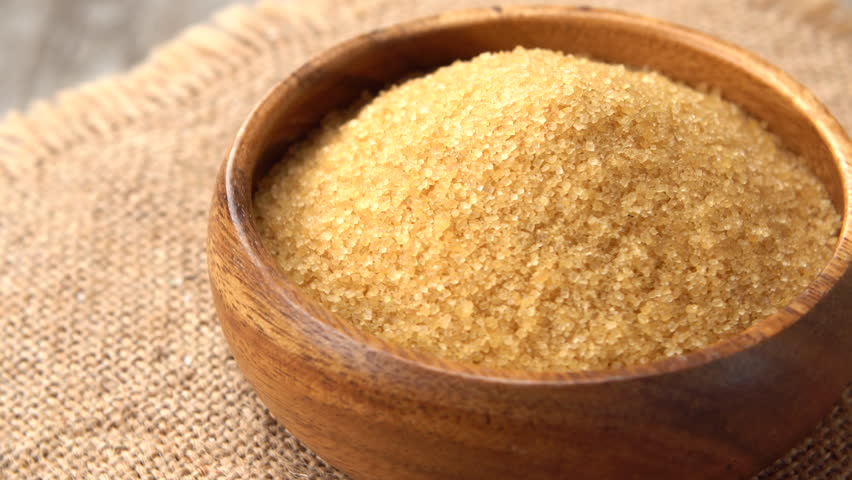Unlock the secret to luscious, healthy hair with the natural benefits of organic sesame seeds. Discover how this ancient remedy can transform your hair care routine.
In the quest for beautiful and healthy hair, many turn to nature for solutions. Among the myriad natural remedies available, organic sesame seeds stand out as a powerhouse of nutrients and benefits. Known for their rich history in traditional medicine, these tiny seeds pack a punch when it comes to hair care. Whether you’re dealing with hair loss, dryness, or dandruff, organic sesame seeds might just be the solution you need. Let’s dive into the numerous benefits of organic sesame seeds for hair care and how you can incorporate them into your routine.
The Nutritional Powerhouse: Organic Sesame Seeds
Organic sesame seeds are a treasure trove of essential nutrients. They are rich in vitamins like E and B, minerals such as calcium, magnesium, and zinc, and contain a significant amount of protein and healthy fats. These nutrients are crucial for maintaining healthy hair and scalp, providing the foundation for strong, shiny, and vibrant hair.
Promoting Hair Growth with Organic Sesame Seeds
One of the standout benefits of organic sesame seeds is their ability to promote hair growth. The seeds are rich in antioxidants and essential fatty acids, which help improve blood circulation in the scalp. This increased circulation ensures that hair follicles receive the necessary nutrients, encouraging healthy hair growth and preventing hair thinning.
Deep Conditioning and Moisturizing
Organic sesame seeds are renowned for their deep conditioning properties. The natural oils in the seeds penetrate the hair shaft, providing intense moisture and nourishment. This helps in reducing dryness and frizz, making your hair more manageable and giving it a healthy shine. Regular use of sesame oil or a sesame seed hair mask can significantly improve the texture and appearance of your hair.
Preventing Premature Graying
Worried about premature graying? Organic sesame seeds can help with that too. The seeds contain potent antioxidants and nutrients that help in maintaining the natural color of your hair. Regular application of sesame oil can darken the hair and slow down the graying process, keeping your locks looking youthful and vibrant.
Combating Dandruff and Scalp Infections
Dandruff and scalp infections can be a nuisance, but organic sesame seeds offer a natural solution. The anti-inflammatory and antibacterial properties of these seeds help in treating scalp infections and reducing dandruff. Applying sesame oil to the scalp can soothe irritation, reduce flakiness, and maintain a healthy scalp environment.
Strengthening Hair Follicles
Weak hair follicles are often the cause of hair breakage and loss. The nutrients in organic sesame seeds strengthen the hair follicles, reducing hair fall and breakage. The seeds’ high protein content helps in rebuilding damaged hair shafts, making your hair stronger and more resilient.
How to Use Organic Sesame Seeds for Hair Care
Incorporating organic sesame seeds into your hair care routine is simple and effective. Here are a few methods to get you started:
Sesame Oil Massage
Regularly massaging your scalp with warm sesame oil can do wonders for your hair. Warm the oil slightly and massage it into your scalp using circular motions. Leave it on for at least 30 minutes, or overnight if possible, before washing it off with a mild shampoo.
Sesame Seed Hair Mask
Create a nourishing hair mask by grinding sesame seeds into a fine powder and mixing them with yogurt or honey. Apply the mixture to your hair and scalp, leave it on for 30 minutes, and then rinse thoroughly. This mask provides deep conditioning and nourishment.
Sesame Seed Rinse
Prepare a sesame seed rinse by boiling a handful of seeds in water. Let the mixture cool, strain it, and use it as a final rinse after shampooing your hair. This rinse will add shine and improve the overall health of your hair.
Frequently Asked Questions
Can sesame oil be used on all hair types? Yes, sesame oil is suitable for all hair types. Its natural moisturizing properties make it beneficial for dry, oily, and combination hair.
How often should I use sesame oil for hair growth? For optimal results, use sesame oil 2-3 times a week. Consistent use will yield better results in promoting hair growth and improving hair health.
Is there any risk of allergic reactions to sesame seeds? While sesame seeds are generally safe, some individuals may be allergic. It’s recommended to do a patch test before using sesame oil or sesame seed-based products.
Can sesame seeds help with hair loss due to hormonal changes? Yes, the nutrients in sesame seeds can help balance hormones and improve scalp health, which can reduce hair loss caused by hormonal changes.
Are organic sesame seeds better than regular sesame seeds? Organic sesame seeds are free from pesticides and chemicals, making them a healthier and safer option for hair care.
How long does it take to see results from using sesame seeds for hair care? Results can vary depending on individual hair types and conditions. However, with regular use, you may start noticing improvements in hair texture and health within a few weeks.
Conclusion
Organic sesame seeds are a natural and effective solution for a range of hair care concerns. From promoting hair growth to preventing dandruff and premature graying, these tiny seeds offer a multitude of benefits. By incorporating sesame seeds or sesame oil into your hair care routine, you can achieve healthier, stronger, and more beautiful hair. Embrace the power of organic sesame seeds and experience the transformation for yourself.




